What Is A Flash Flood Emergency? Causes, Risks, And Response
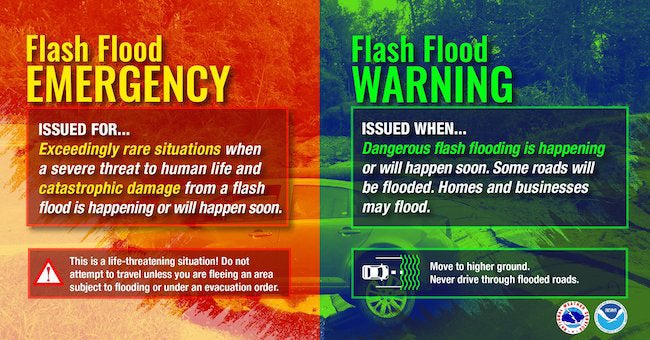
Table of Contents
Causes of Flash Flood Emergencies
Several factors can contribute to the formation of a flash flood emergency. Understanding these causes is the first step towards effective preparedness.
Intense Rainfall
Torrential rain is the most common cause of flash floods. Heavy precipitation, often associated with thunderstorms, monsoons, and hurricanes, overwhelms drainage systems, leading to a rapid rise in water levels. Saturated ground further exacerbates the situation, as the soil can no longer absorb additional water.
- Thunderstorms: Intense, localized rainfall from thunderstorms can quickly overwhelm small streams and drainage systems.
- Monsoons: Prolonged periods of heavy rainfall during monsoon seasons can saturate the ground, making it vulnerable to flash flooding.
- Hurricanes: Hurricanes bring torrential rain and powerful winds, increasing the risk of catastrophic flash floods.
- Rainfall amounts exceeding 2-3 inches in a short period (e.g., 1-6 hours) can readily trigger a flash flood emergency.
Dam or Levee Failures
Dam or levee failures can result in sudden and catastrophic flooding downstream. This can be caused by structural weaknesses, inadequate maintenance, or being overtopped by rising floodwaters. The consequences of such a failure can be devastating.
- Structural failure: Aging infrastructure, poor construction, or erosion can compromise the structural integrity of dams and levees.
- Overtopping: Excessively high water levels can overtop dams and levees, leading to breaches and widespread flooding.
- A dam failure can unleash a massive volume of water in a short time, creating a particularly dangerous flash flood emergency.
Melting Snow and Ice
Rapid snowmelt, especially when combined with heavy rainfall during the spring thaw, can significantly contribute to flash flooding. Warm temperatures rapidly melt accumulated snowpack, increasing the volume of water entering rivers and streams.
- Warm temperatures: Abrupt rises in temperature can accelerate snowmelt, leading to a surge in water levels.
- Ice jams: Ice jams can temporarily block river flow, causing water levels to rise rapidly upstream. When the jam breaks, a sudden and powerful surge of water can result in a flash flood emergency.
Debris Flows
Debris flows, mudslides, and landslides can obstruct waterways, creating a dam effect that causes sudden flooding upstream. When this blockage fails, a massive volume of water and debris is released, posing an immense threat.
- Landslides and mudslides: These can block rivers and streams, leading to the formation of temporary dams. The subsequent failure of this natural dam can cause a devastating flash flood.
- Debris flows carry a mixture of water, soil, rocks, and vegetation, causing significant damage and posing a severe risk to life and property during a flash flood emergency.
Risks Associated with Flash Flood Emergencies
Flash flood emergencies pose significant risks to life, property, and public health.
Property Damage
Flash floods cause extensive property damage. The rapid and powerful force of floodwaters can severely damage homes, businesses, and infrastructure.
- Foundation damage: Floodwaters can undermine building foundations, leading to structural instability.
- Water damage to belongings: Flooding causes significant damage to furniture, appliances, and other personal belongings.
- Road closures: Roads and bridges can be damaged or washed away, disrupting transportation and hindering rescue efforts. This significantly impacts economic activity and recovery.
Loss of Life
Flash floods are a leading cause of weather-related fatalities. The swiftness and power of the floodwaters make escape difficult, and the risk of drowning is very high.
- Drowning: The most common cause of death in flash floods is drowning.
- Injuries from debris: Debris carried by floodwaters can cause serious injuries.
- Hypothermia: Exposure to cold floodwaters can lead to hypothermia, especially in prolonged submersion.
Health Hazards
Floodwaters are often contaminated with sewage, chemicals, and other hazardous materials, posing significant health risks.
- Waterborne illnesses: Contact with contaminated floodwaters can lead to various waterborne diseases.
- Exposure to hazardous materials: Floodwaters may carry pollutants and chemicals from industrial sites or agricultural areas.
- Sanitation issues: Damage to sanitation systems can lead to outbreaks of disease after a flash flood emergency.
Responding to a Flash Flood Emergency
Effective response is crucial during a flash flood emergency.
Evacuation Procedures
Heeding evacuation orders is paramount. When instructed to evacuate, gather essential items, including medications, important documents, and valuables. Move to higher ground or to a designated evacuation shelter.
- Gather essential items: Pack a bag with essential supplies like water, food, medications, and important documents.
- Find safe locations: Move to higher ground or a designated shelter well away from flood-prone areas.
Safety Precautions
During a flash flood, seek higher ground immediately. Avoid floodwaters, as they are often deeper and faster-flowing than they appear. Stay informed about the situation through weather reports and emergency broadcasts. Never drive through floodwaters.
- Find high ground: Move to elevated areas to avoid being swept away by floodwaters.
- Stay informed: Monitor weather reports and follow instructions from emergency officials.
- Avoid floodwaters: Never attempt to drive or walk through floodwaters, as even shallow water can be dangerously swift.
Post-Flood Actions
After the flash flood subsides, assess the damage to your property and seek assistance if needed. Avoid entering floodwaters until authorities declare them safe.
- Damage assessment: Carefully assess the damage to your property and take photos for insurance purposes.
- Seeking assistance: Contact your insurance company, FEMA (in the US), or other relevant authorities for help.
- Cleaning up safely: Wear protective gear when cleaning up after a flood to avoid exposure to contaminants.
Conclusion: Be Prepared for Flash Flood Emergencies
Flash flood emergencies are sudden and dangerous events. Understanding the causes, risks, and response strategies is crucial for protecting lives and property. The potential for property damage, loss of life, and health hazards associated with a flash flood emergency is significant. Proactive measures, such as developing a family emergency plan and knowing your evacuation routes, are essential for mitigating the risks. Understanding the risks of a flash flood emergency is crucial. Learn more about flash flood safety and develop a comprehensive emergency plan for your family and community today!

Featured Posts
-
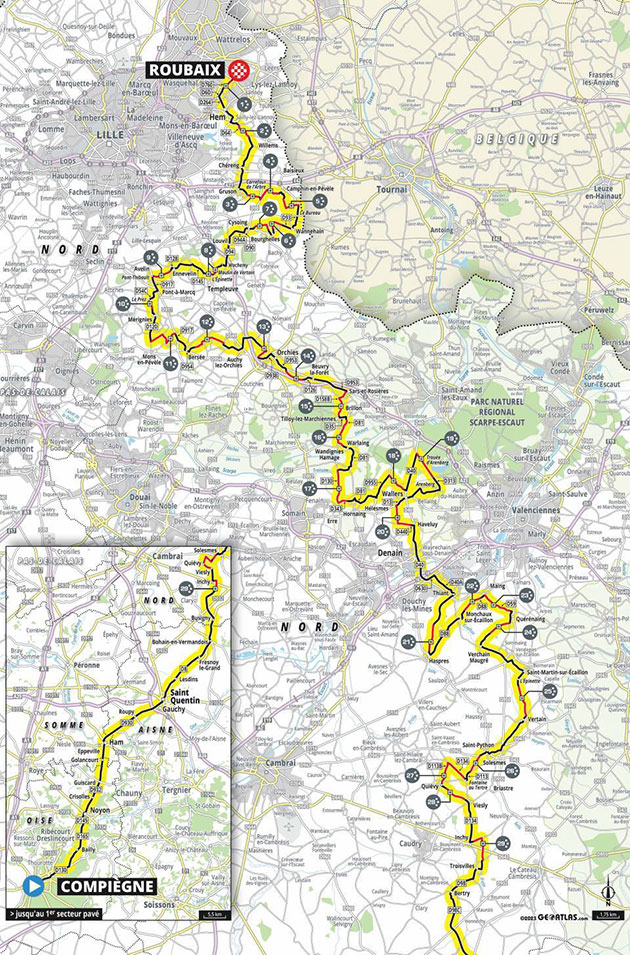 Paris Roubaix 2023 Van Der Poel Hit By Bottle Seeks Legal Recourse
May 26, 2025
Paris Roubaix 2023 Van Der Poel Hit By Bottle Seeks Legal Recourse
May 26, 2025 -
 Monaco Auction To Feature Michael Schumachers Championship Ferrari
May 26, 2025
Monaco Auction To Feature Michael Schumachers Championship Ferrari
May 26, 2025 -
 Third Place For Van Der Poel At Paris Roubaix Pogacar Distant
May 26, 2025
Third Place For Van Der Poel At Paris Roubaix Pogacar Distant
May 26, 2025 -
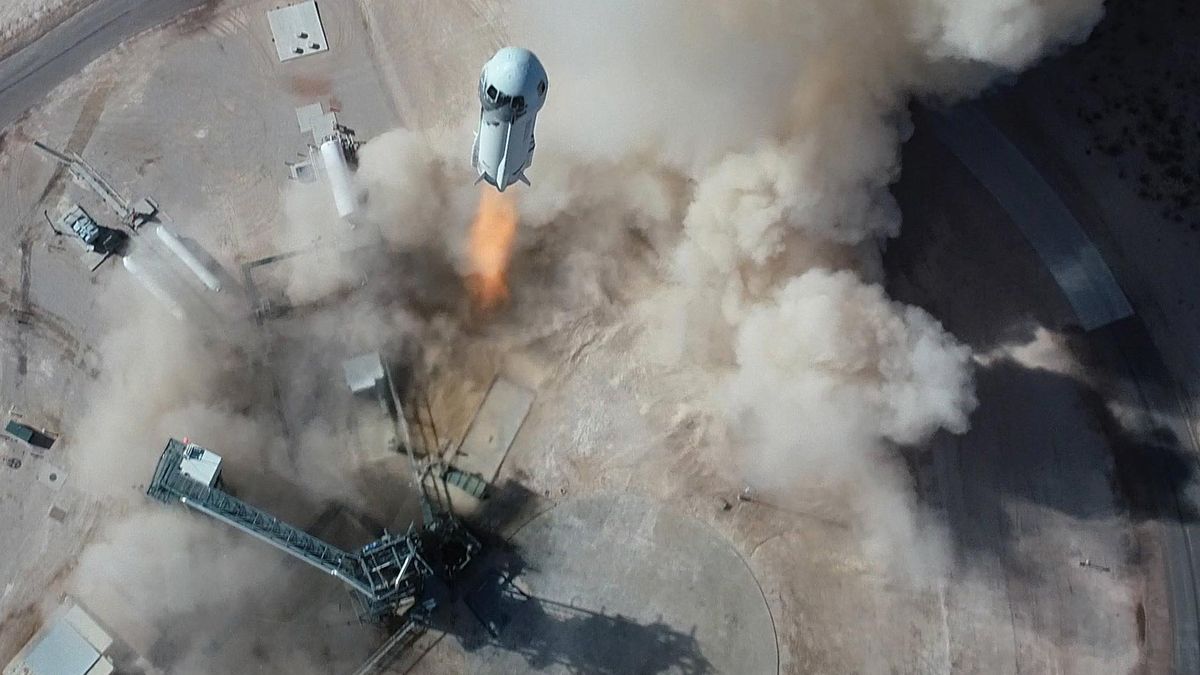 Subsystem Issue Forces Blue Origin To Cancel Rocket Launch
May 26, 2025
Subsystem Issue Forces Blue Origin To Cancel Rocket Launch
May 26, 2025 -
 Meta Israels 2024 Holocaust Remembrance Day Instagram Project Israeli Celebrities Participate
May 26, 2025
Meta Israels 2024 Holocaust Remembrance Day Instagram Project Israeli Celebrities Participate
May 26, 2025
Latest Posts
-
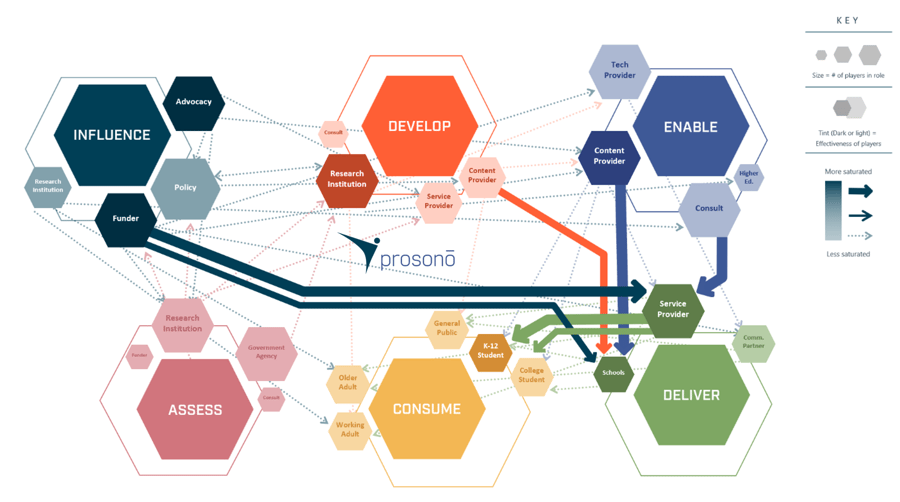 Long Term Sustainability Of Manila Bays Ecosystem A Case Study
May 30, 2025
Long Term Sustainability Of Manila Bays Ecosystem A Case Study
May 30, 2025 -
 Primera For Women Natural Bladder Control Solutions
May 30, 2025
Primera For Women Natural Bladder Control Solutions
May 30, 2025 -
 Programma Tileorasis Savvatoy 3 5
May 30, 2025
Programma Tileorasis Savvatoy 3 5
May 30, 2025 -
 Manila Bays Future Can Its Vibrancy Be Sustained
May 30, 2025
Manila Bays Future Can Its Vibrancy Be Sustained
May 30, 2025 -
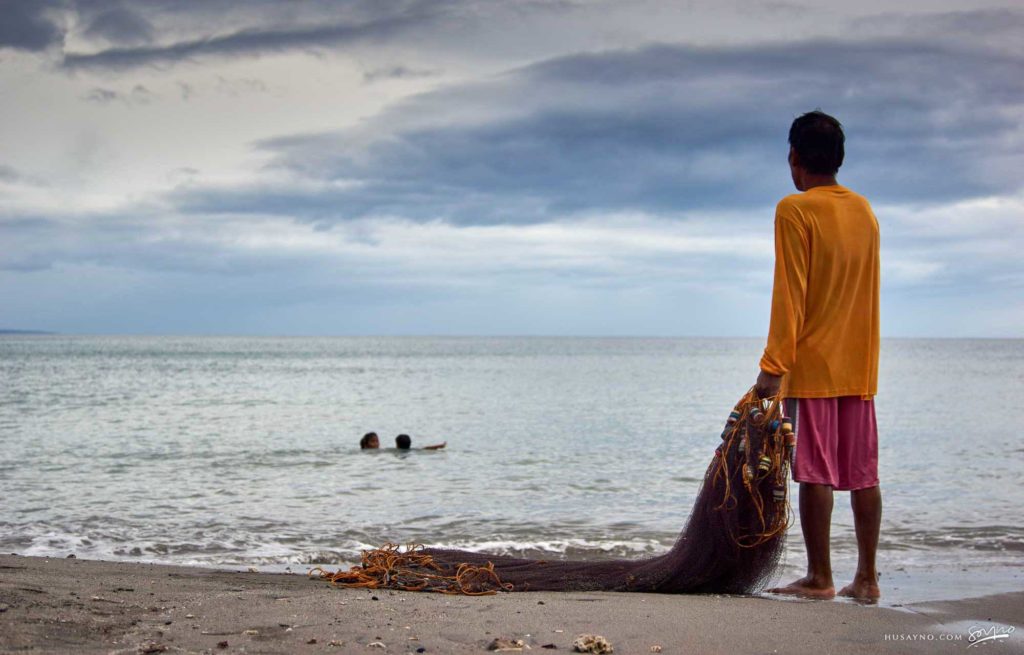 Assessing The Long Term Health Of Manila Bays Ecosystem
May 30, 2025
Assessing The Long Term Health Of Manila Bays Ecosystem
May 30, 2025
